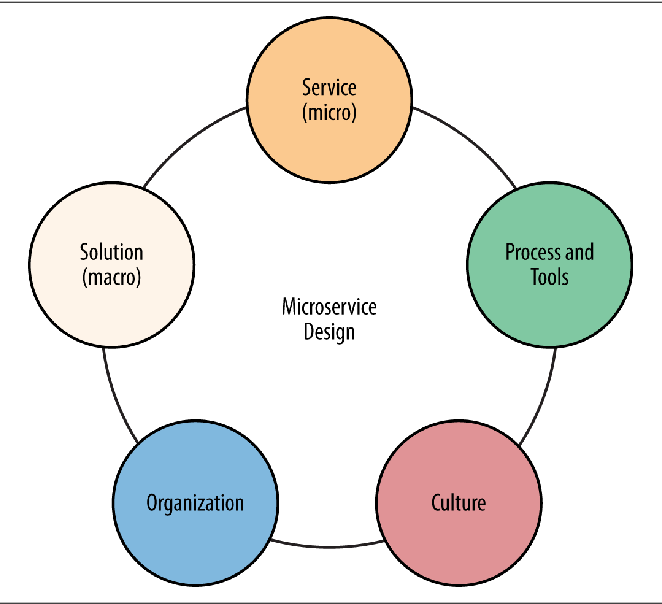With a system composed of multiple, collaborating services, we can decide to use different technologies inside each one. This allows us to pick the right tool for each job, rather than having to select a more standardized, one-size-fits-all approach that often ends up being the lowest common denominator.
If one part of our system needs to improve its performance, we might decide to use a different technology stack that is better able to achieve the performance levels required. We may also decide how we store our data needs to change for different parts of our system.
For example, for a social network, we might store our users’ interactions in a graph-oriented database to reflect the highly interconnected nature of a social graph, but perhaps the posts the users make could be stored in a
the document-oriented data store, giving rise to a heterogeneous architecture like the one
shown in below-

With Microservices, we are also able to adopt technology more quickly, and under‐ stand how new advancements may help us. One of the biggest barriers to trying out and adopting new technology is the risks associated with it.
With a monolithic application, if I want to try a new programming language, database, or framework, any change will impact a large amount of my system. With a system consisting of multiple services, I have multiple new places in which to try out a new piece of technology. I can pick a service that is perhaps the lowest risk and use the technology there, knowing that I can limit any potential negative impact. Many organizations find this ability to more quickly absorb new technologies to be a real advantage for them.

I’m a DevOps/SRE/DevSecOps/Cloud Expert passionate about sharing knowledge and experiences. I am working at Cotocus. I blog tech insights at DevOps School, travel stories at Holiday Landmark, stock market tips at Stocks Mantra, health and fitness guidance at My Medic Plus, product reviews at I reviewed , and SEO strategies at Wizbrand.
Please find my social handles as below;
Rajesh Kumar Personal Website
Rajesh Kumar at YOUTUBE
Rajesh Kumar at INSTAGRAM
Rajesh Kumar at X
Rajesh Kumar at FACEBOOK
Rajesh Kumar at LINKEDIN
Rajesh Kumar at PINTEREST
Rajesh Kumar at QUORA
Rajesh Kumar at WIZBRAND

 Starting: 1st of Every Month
Starting: 1st of Every Month  +91 8409492687
+91 8409492687  Contact@DevOpsSchool.com
Contact@DevOpsSchool.com
